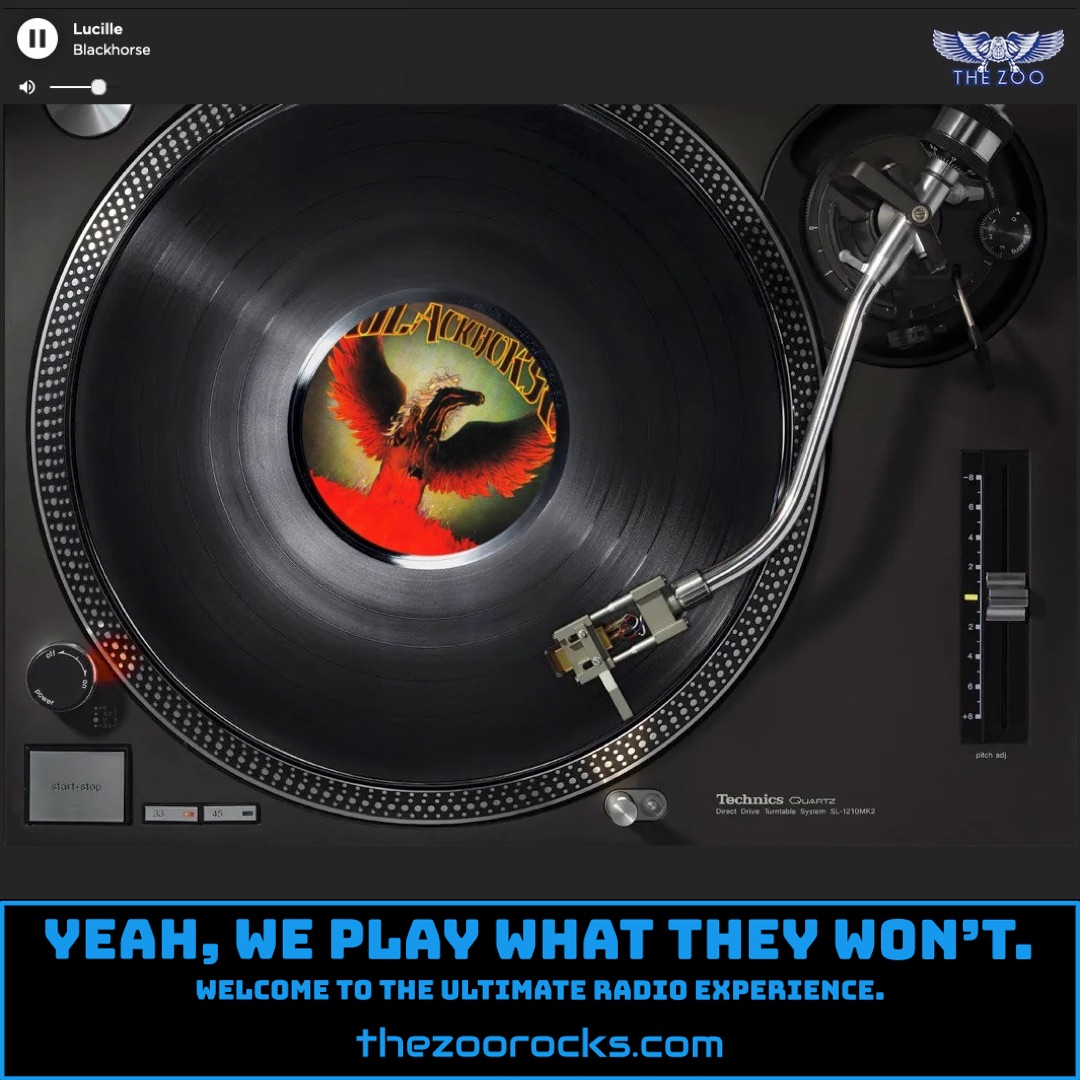Speak To Me / Breathe / On the Run
Pink Floyd
The Zoo Crew is spinning the psychedelic sounds of Pink Floyd’s "Speak to Me / Breathe / On the Run" from their iconic 1973 album The Dark Side of the Moon, and the Zoo Freaks are vibing to its cosmic journey. "Speak to Me," the album’s opening track, is a sound collage crafted by drummer Nick Mason, who received a rare solo writing credit. However, there’s a twist—bassist Roger Waters and keyboardist Richard Wright later claimed the credit was a “gift” to Mason for publishing income, a decision Waters regretted after his contentious exit from the band. The track features a heartbeat-like thump, created by Mason striking a bass drum with mallets after attempts to record a real human heart failed. This heartbeat bookends the album, tying into its themes of life, madness, and mortality. The collage also includes snippets of dialogue, like road manager Chris Adamson’s line, “I’ve been mad for fucking years,” recorded after Waters posed questions about sanity to various Abbey Road studio folks. Interestingly, Paul and Linda McCartney were interviewed for the track but their responses were deemed too “professional” and cut from the final mix.
Transitioning seamlessly into "Breathe," the song sets a dreamy tone with David Gilmour’s lush guitar and Waters’ reflective lyrics urging listeners to “breathe in the air” and embrace life’s fleeting moments. Its chords were inspired by Miles Davis’s “All Blue” from Kind of Blue, as noted by Wright, and its open G tuning echoes lessons from former member Syd Barrett. Waters originally wrote a different version of "Breathe" for a 1970 documentary soundtrack, The Body, but reworked it for this album. The song’s message, as Waters explained in a 2023 interview for his Dark Side of the Moon Redux, is an “admonition” to newborns—and by extension, all of us—to seize life’s singular chance. He described it as a reflection on the first breath after the womb, where the heartbeat of a mother is replaced by the challenges of the world. The track’s serene vibe contrasts with the frenetic "On the Run," an instrumental that started as a guitar jam called “The Travel Sequence” during live performances in 1972. It evolved into a synth-driven piece reflecting the band’s constant touring, with airport sounds and a roadie’s quip, “Live for today, gone tomorrow, that’s me,” capturing the transient chaos of their lifestyle.
"On the Run" showcases Pink Floyd’s pioneering use of the EMS VCS 3 synthesizer, creating a pulsing, anxious soundscape. The track’s plane crash effects nod to keyboardist Wright’s fear of flying, a theme that resurfaces later in the album. Engineer Alan Parsons, who earned a Grammy nomination for his work on the album, played a key role in shaping its innovative sound, splicing tapes to blend tracks seamlessly—an unconventional technique for the time. The laughter in the background, often attributed to road manager Peter Watts (father of actress Naomi Watts), adds a haunting layer, especially poignant given Watts’ tragic death from a drug overdose in 1976. Fans on Pink Floyd’s official Facebook and Instagram often share how these tracks evoke a sense of existential wonder, with some recalling syncing the album to The Wizard of Oz, though the band has debunked any intentional connection. Fan communities like Neptune Pink Floyd and the Facebook group Pink Floyd Fans buzz with discussions about these details, celebrating the album’s enduring mystique.
Pink Floyd began in London in 1965, emerging from the city’s vibrant psychedelic scene. Founded by Syd Barrett (guitar, vocals), Roger Waters (bass, vocals), Nick Mason (drums), and Richard Wright (keyboards, vocals), the band initially gained traction with Barrett’s whimsical songwriting, producing hits like “Arnold Layne” and “See Emily Play” and their debut album, The Piper at the Gates of Dawn (1967). Their early sound was marked by extended compositions and sonic experiments, setting them apart as pioneers of progressive rock. Barrett’s struggles with mental health and LSD use led to his departure in 1968, with David Gilmour joining as guitarist and vocalist. Waters then took the helm as primary lyricist, steering the band toward thematic albums like The Dark Side of the Moon, which catapulted them to global fame with over 45 million copies sold. Their elaborate live shows, featuring quadraphonic sound and lavish visuals, cemented their legend status. Despite internal conflicts—Waters left in 1985, and the band continued with Gilmour, Mason, and Wright—they’ve sold over 250 million records and earned accolades like a 1996 Rock and Roll Hall of Fame induction.
Stay connected with Pink Floyd through their official Facebook, Instagram, and X accounts, where they share updates and archival gems. Fans can dive deeper at Neptune Pink Floyd, a dedicated fan site with lyrics, news, and forums, or join the Pink Floyd Fans Facebook group to swap stories and trivia. The Zoo Crew and Zoo Freaks can keep the Pink Floyd spirit alive by exploring these communities, where the band’s philosophical lyrics and sonic innovations continue to inspire.

